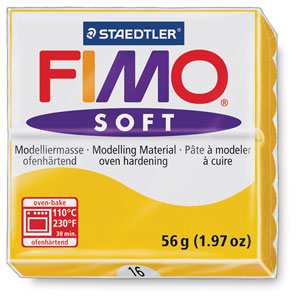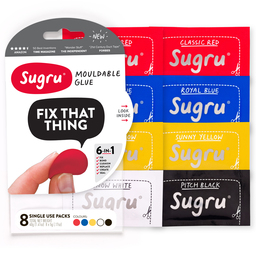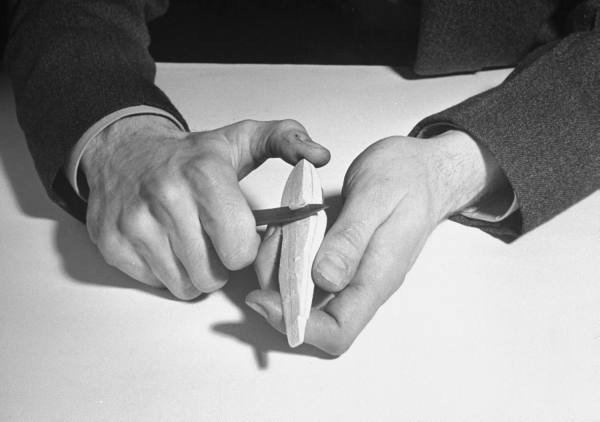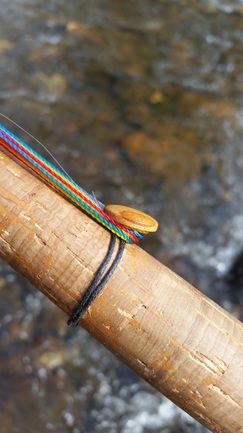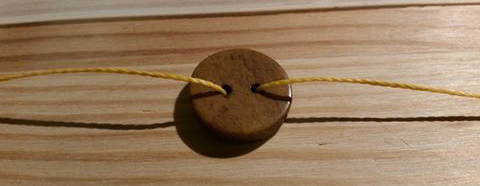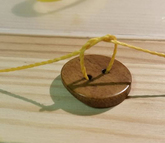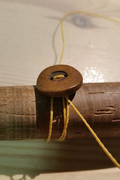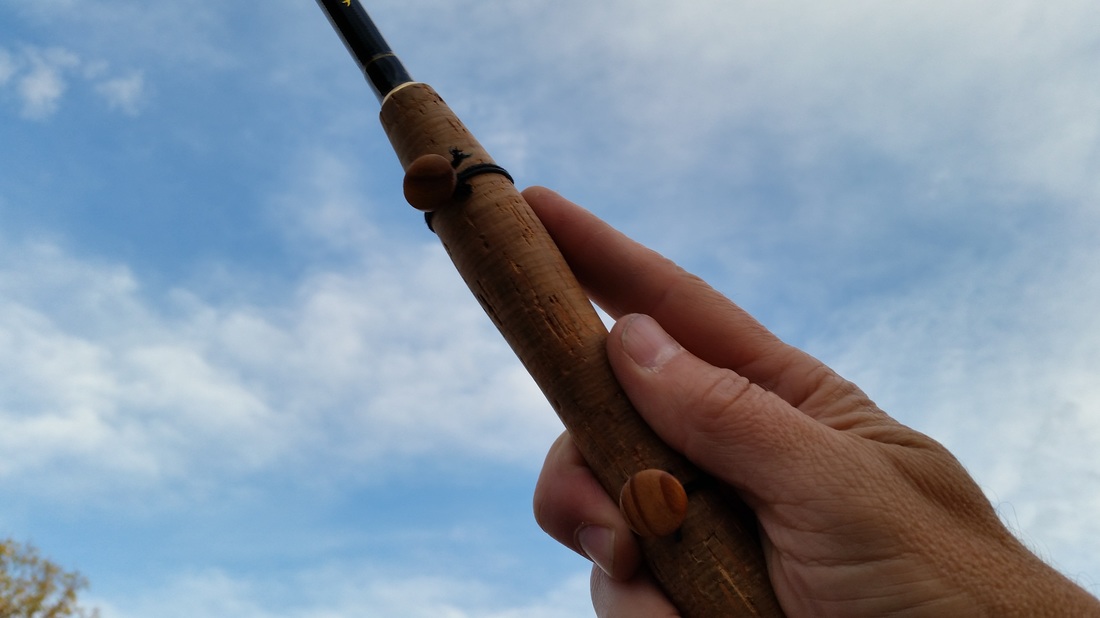|
Last week in part ONE we covered a scope of line management and spool options This week we look primarily at just a couple of ways of attaching your line directly onto your rod. Its about being able to move quickly from one place to another. One thing that I found troublesome on the stream is managing line while moving from one place to the next. You know, when you have to break your rod down so that you can get past a bunch of brush and move to the next hole? I've wrapped the line in my hand and around the handle of the rod too. For these short cuts I've been rewarded with nice knots in my leader and frustrating time not fishing while I tried to undo my mess. Line tenders are not reels. Just because Tenkara is without a reel doesn't mean we don't need to have a place to put line when we aren't using it. Sure some of the spools I shared last week would work just fine. They are reasonable solutions to the issue. One thing to consider with some of those ideas is that they aren't always the fastest way to manage a line when you are just jumping up or down stream a short distance. You have to find the spool wrap the line and break down your rod. When you get to that next hole you end up going through the whole process again of unwinding from a spool and putting the spool back into your pocket. This is not a huge deal but... I don't know how many times I've dropped that spool into the stream and had to chase madly after it. The obvious answer to this is a rod mounted line tender. Rod mounted line tenders My good friend Jason Klass wrote about creating these some time back on his blog TenkaraTalk. Someone else came up with the same idea and commercialized them. (I believe personally that Jason was the historic inventor but I am a biased friend.) These clips attach to your rod and you wind your line around the two points. They are held on by elastic or silicon bands. These are probably the most practical item you can add to your tenkara rod. However the commercial ones in my opinion are overpriced for what they are. I have been experimenting with some variations on this idea.
There certainly are more ideas out there for mounting different kinds of line managers to your rod. Please share your ideas in the comment section below.
In the next and final installment of this post I will talk about some fly box and fly management solutions. After that I hope to share some other topics. I am sure I will be back to more of these ideas too.
1 Comment
Carl
6/23/2021 05:27:58 am
I am very interested in the type of tenkara line you use? The photo showing your buttons line holder. The line in the photo appears to be a braided, multi-color line. Can you please tell me more about it? I am always on the look out for different material, or different lines to use for a tenkara rod. Is it just a braided fishing line made from PE material, that you can purchase off of Amazon, or E-bay? What lb. test is the line you use? Thank you very much!
Reply
Leave a Reply. |
